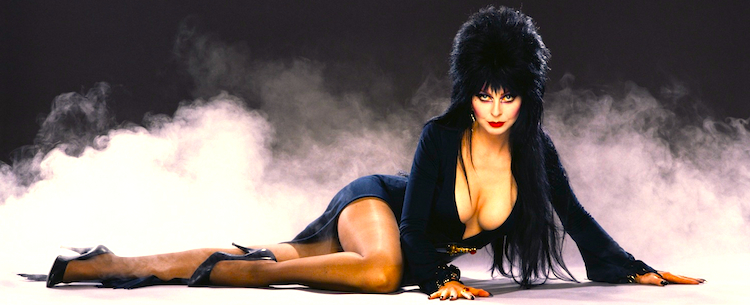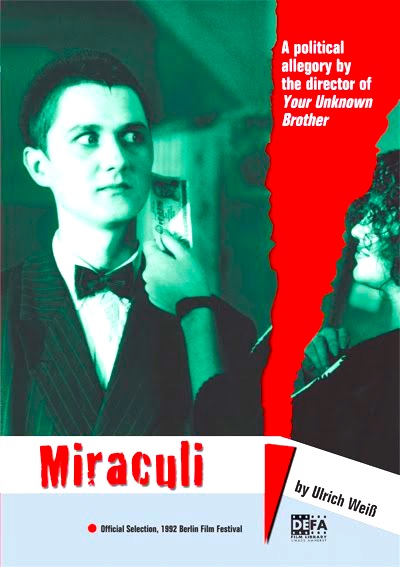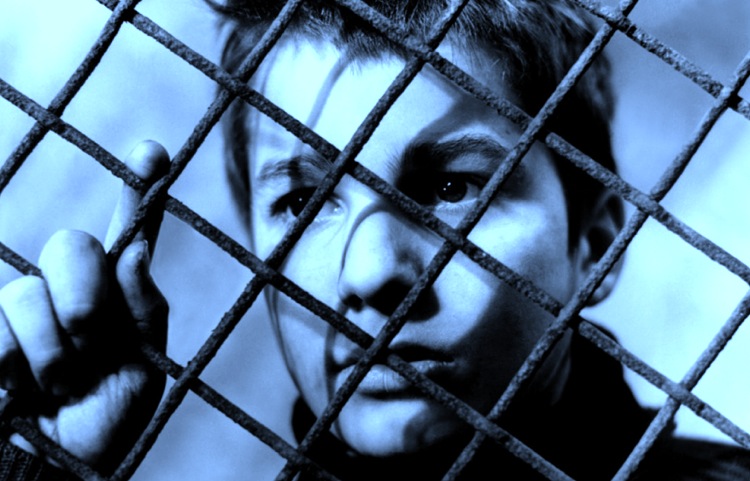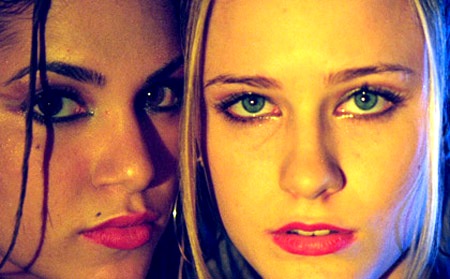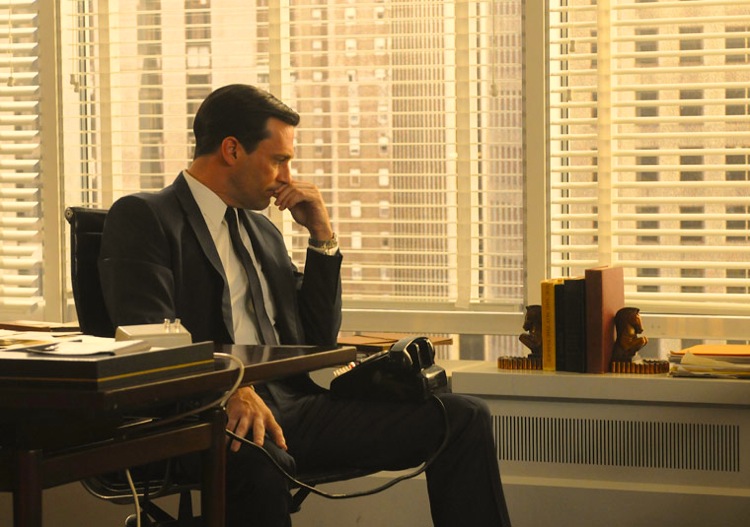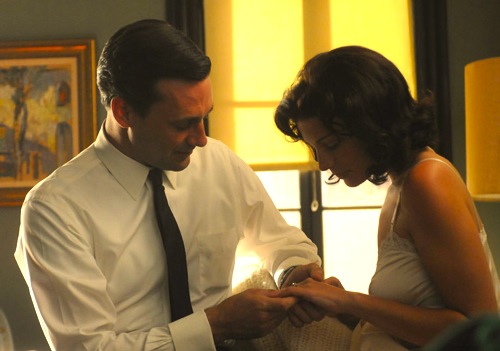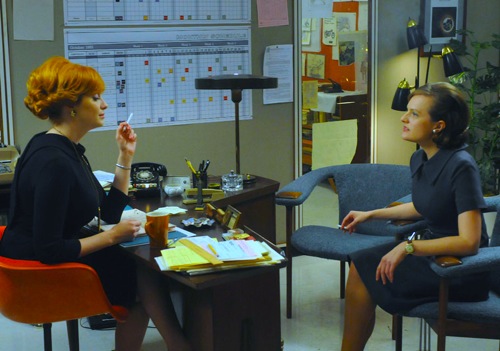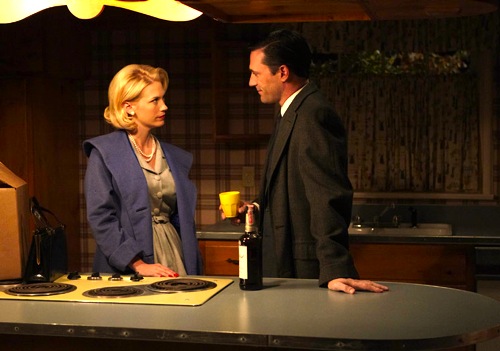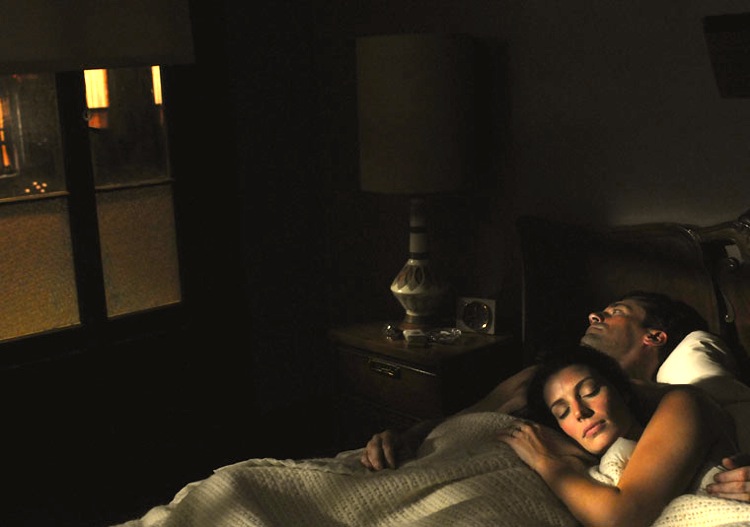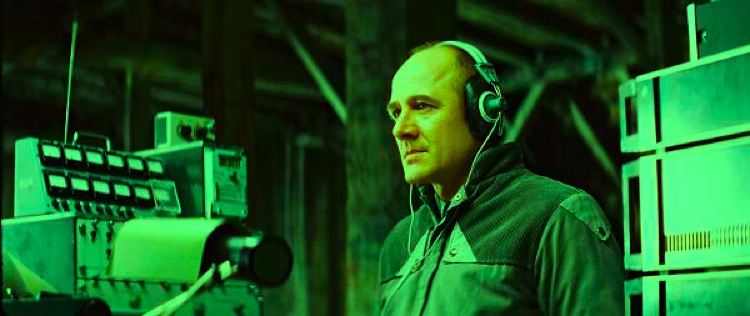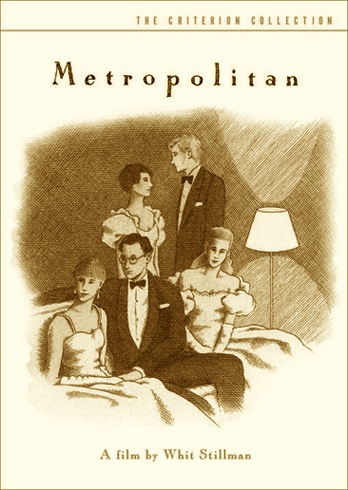By Jason Apuzzo. With a little help from Elvira, Mistress of the Dark, we wanted to wish our Libertas readers a Happy Halloween!
I searched the web to find something classic to show everybody on Halloween, and discovered to my pleasant surprise that an old favorite of mine from the 1950s – The Hideous Sun Demon – was available in its entirety over at YouTube. The Hideous Sun Demon (1959) is an atom age cult classic that was written, produced, and directed by Robert Clarke – who also stars in the film (you can see him below, more or less, wearing the rubber ‘sun demon’ mask).
In good Roger Corman style, Clarke shot The Hideous Sun Demon for under $50,000 – which included the $500 he spent on the rubberized lizard suit. The movie was shot exclusively on weekends (12 of them, to be exact) so Clarke could get two days’ use of rental equipment for only one day’s fee! If you’ve ever been a low-budget filmmaker, you know exactly what that type of experience is like. [I know because I used the same trick on Kalifornistan.]
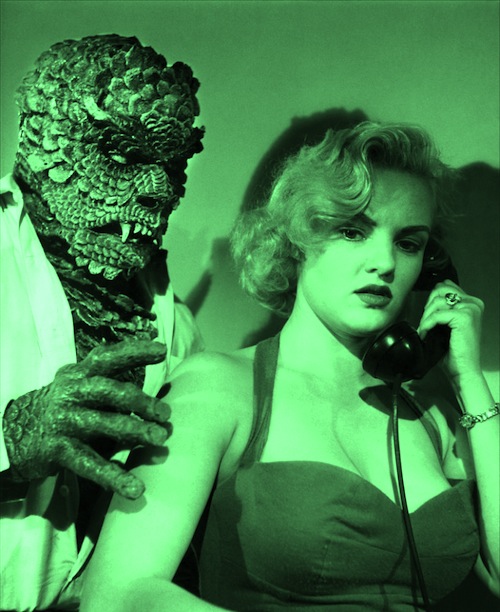
As an actor Robert Clarke was a staple figure in 1950s science fiction films, and some of his best work includes The Man from Planet X (1951), The Incredible Petrified World (1957) and The Astounding She-Monster (1957). He would later do a lot of TV work, appearing on such big-time shows as: The Lone Ranger, Dragnet, Perry Mason, Sea Hunt, General Hospital, Marcus Welby, M.D., Adam-12, Baa Baa Black Sheep, Hawaii Five-O, Fantasy Island, Dallas, Knight Rider, Murder She Wrote, Falcon Crest and Dynasty. So all in all he had a pretty good career, given that he started it wearing a rubber lizard suit.
*** SPOILERS BELOW***
The premise of The Hideous Sun Demon is cool: research scientist Dr. Gilbert McKenna (Clarke) falls unconscious after accidentally being exposed to radiation during an experiment with a new radioactive isotope. Later, while recuperating in a nearby hospital, ‘Gil’ is taken to a solarium to receive the sun’s healing rays … but while he naps, he metamorphoses into a hideous, lizard-like creature! Fortunately, when out of the sunlight, Gil reverts back to his normal human form.
We eventually learn that Gil has actually experienced an evolutionary ‘regression’ back through the chain of mankind’s ancestors (primitive mammals, reptiles and amphibians) triggered by his exposure to the sun’s radiation. In order to control this regression, Gil has to stay out of the sunlight – and effectively live a completely nocturnal existence.
So what would any swinging 50s bachelor do, under such awkward circumstances? Why, Dr. Gil hits the bar scene – and becomes, in effect, a nocturnal ‘lounge lizard’! Haunting the nighttime bars, Gil drifts away from his repressed, brunette lab assistant, played by Patricia Manning – who loves him from afar, but can’t bring herself to express it – and takes up with a busty, atom age blonde bombshell played by Nan Peterson. The decidedly unrepressed Nan brings out the animal in Dr. Gil, you might say, in a way that the poor drab lab assistant can’t.
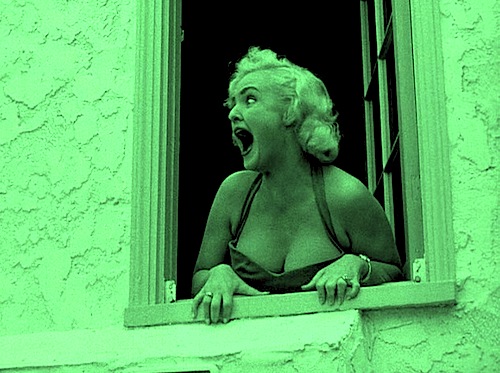
Peterson, for her part, plays a torch-song lounge singer who finds Gil dark and dangerous – of course, she has no idea how dangerous – and eventually she spends a many-splendored night with Gil on the beach … before he has to run off just as the sun comes up (aren’t men always like that?). Gil, you see, doesn’t want her to glimpse his ‘lizard’ side. Whew! The problems couples had back in those days! [And you thought things were complicated on Mad Men!]
Though Gil is able to hide his animalistic side from Nan and the police for a while, his life spins out of control as his ‘lizard’ side eventually takes over – with things leading to an explosive climax after Gil goes on a murderous rampage one day in broad daylight. And we learn, after all the mayhem subsides, that not only is mankind’s tampering with nature a very dangerous thing – but those Marilyn Monroe-style blondes can sometimes bring out the worst in a man …
***END OF SPOILERS***
The Hideous Sun Demon is a lot of fun; it’s campy, sexy, and is probably best enjoyed with a few adult beverages on hand – yet the film has an interesting subtext that makes it almost (if not quite) on a par with similar sci-fi classics from its era, like Invasion of the Body Snatchers or Creature from the Black Lagoon. It’s a pity the movie wasn’t done in 3D, although Ms. Peterson certainly provides her own version of a third dimension. This version of The Hideous Sun Demon on YouTube lacks the Elvira opening, but you can probably imagine what the Mistress of the Dark would say about the film – and in particular what she might say about the plenteous Ms. Peterson …
We hope you enjoy the film in its entirety, and a Happy Halloween to everybody!
Posted on October 31st, 2010 at 4:01pm.
